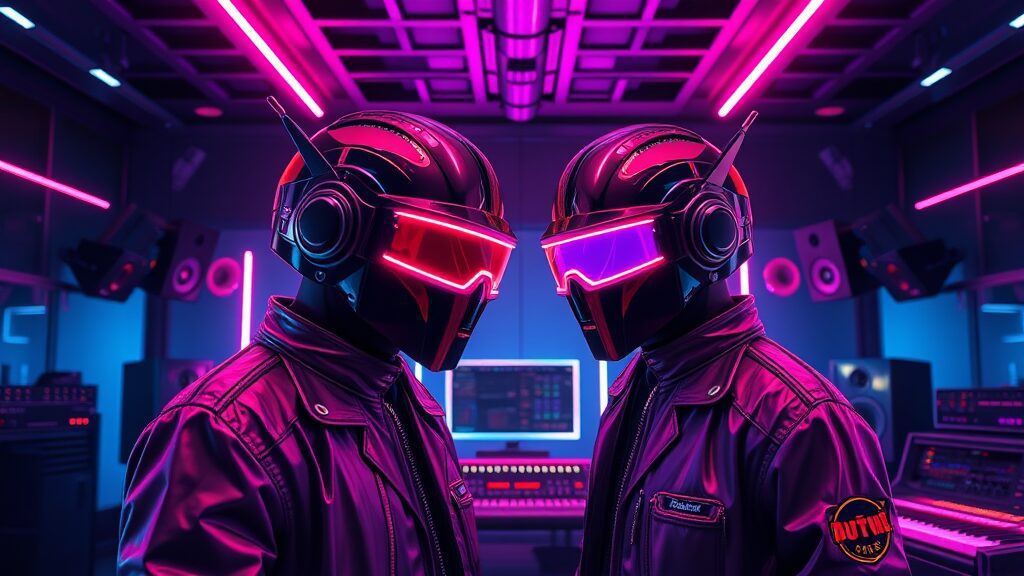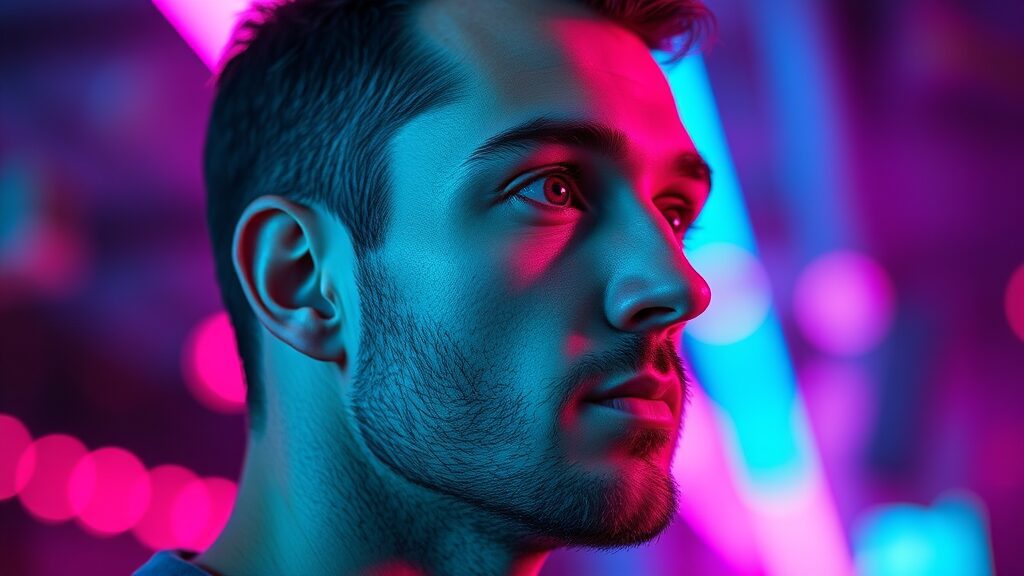
What is an AI Game Texture Generator 2D?
An AI game texture generator 2D creates high-quality, realistic textures tailored for 2D game environments using advanced AI technology. These tools enable developers to craft seamless textures that can be tiled without visible seams, enhancing the immersive experience of the game.
With AI texture generators, developers benefit from the ability to customize textures through simple text prompts. This feature allows for rapid iteration and creativity, as you can specify requirements for various materials like wood, stone, or metal.
Here are some popular tools that exemplify this technology:
Benefits of AI Game Texture Generators
- Polycam’s AI Texture Generator: Known for its user-friendly interface and rapid generation process.
- Texture Lab: Offers a diverse range of visually appealing textures, allowing for extensive customization based on developer needs.
Using these tools not only speeds up the game development process but also enhances the visual quality of your projects. As AI game texture generators become more sophisticated, they offer unprecedented options for creativity and efficiency in game design.
Features and Capabilities
Key Features
The AI game texture generator offers a range of impressive features that cater to both novice and seasoned developers. It creates seamless textures, allowing for smooth transitions across surfaces. The tool simulates various natural and man-made materials, giving you a vast selection to choose from. Extensive customization options enable you to tweak textures to match your specific vision.
This generator ensures compatibility with major game development applications, including Blender, Unreal Engine, and Unity, making integration straightforward. Specific capabilities include simulating dynamic water textures, which adds an extra layer of realism to your projects. The emphasis on ease of integration streamlines your development workflow, allowing you to focus more on creativity and less on technical hurdles.
Applications and Use Cases
Versatility Across Industries
AI game texture generators play a key role in various fields, primarily focusing on game development, digital art, and architectural visualization. These tools prove invaluable for creating immersive environments and enhancing visual storytelling.
In game development, they allow for the swift creation of photorealistic textures. I can easily craft detailed textures for forest floors, rocky terrains, or intricate character outfits, making gameplay more engaging.
Digital artists benefit from these technologies by generating unique and vibrant textures that can elevate their artwork. The ability to experiment with different styles quickly helps in achieving creative visions.
Architectural visualization also sees significant advantages. Accurately representing materials, like wood or metal, becomes a straightforward task. This precision aids architects and designers in presenting projects that feel real and tactile.
Some specific applications include:
- Crafting lifelike textures for natural elements, such as grass and trees in games.
- Designing surfaces that mimic real-world materials in architectural renders.
- Enhancing backgrounds and environments in digital art with intricate detail.
These examples showcase how AI texture generators provide practical solutions, making them essential tools for anyone in creative industries.
Commercial Use and Licensing
Understanding Licensing Terms
Many AI game texture generators provide commercial use under unrestricted and royalty-free licenses. This setup ensures developers can easily integrate these textures into their projects without legal complications.
Benefits of Royalty-Free Textures
Using royalty-free textures offers several advantages. Key points include:
- No ongoing fees for usage—pay once and benefit long-term.
- Freedom from attribution—designers can use textures without crediting the creator.
- Confidence in legal safety—clear terms outline permissible use, making project development smoother.
Embracing these licenses empowers developers to focus on creativity without the worry of adhering to complex licensing agreements.
Tools and Software
Notable AI Game Texture Generators
Several AI texture generator tools stand out in game development, each offering unique functionalities that can streamline the texture creation process. Among these, Polycam’s AI Texture Generator allows users to create textures directly from text prompts. This feature is invaluable for developers who want to quickly visualize concepts without getting bogged down in traditional design methods.
Texture Lab is another strong contender, offering a wide variety of options ranging from dragon scales to historical tiles. Such diversity allows you to create textures that fit a broad spectrum of game aesthetics and themes. Another option is the Texture Generator, which simplifies the creation of customized textures through an intuitive interface. Lastly, Scenario’s Texture Generation feature further enhances your toolkit by offering collaborative texture creation in real time.
When choosing an AI texture generator, consider the following unique features:
- Text prompt-based generation with Polycam.
- Diverse texture options in Texture Lab.
- User-friendly interface of the Texture Generator.
- Collaborative features in Scenario.
Each tool presents distinct advantages, making them valuable assets for both novice developers and seasoned professionals aiming to elevate their game’s visual quality. Exploring these tools could greatly enhance your workflow and artistic output.


